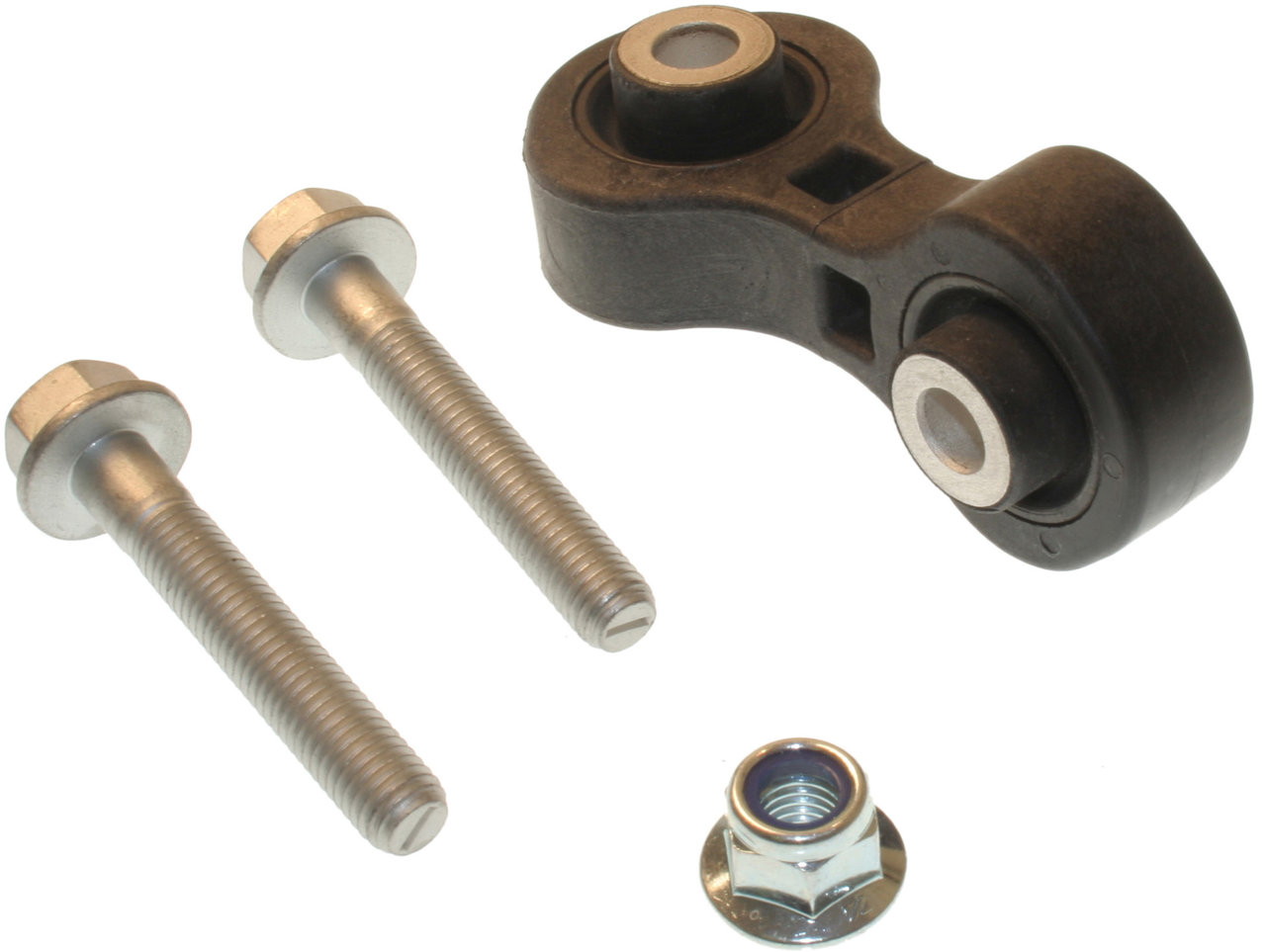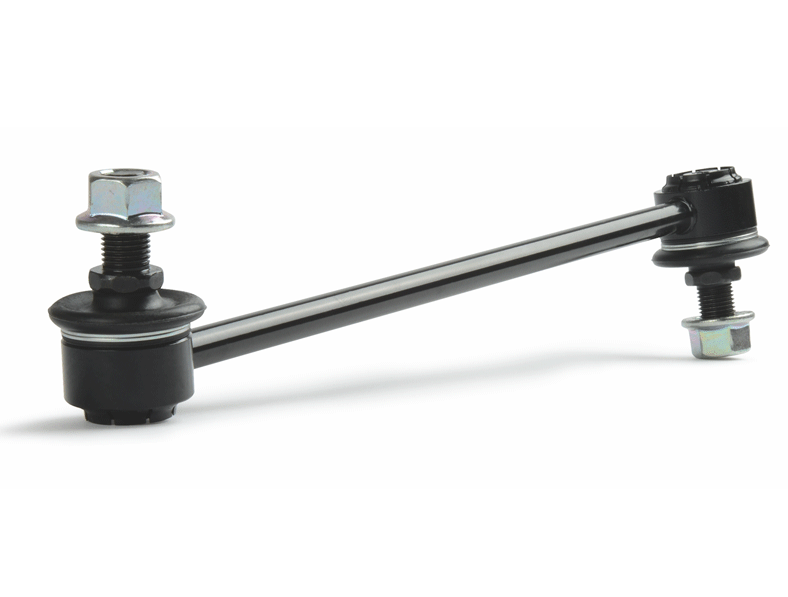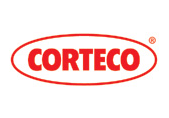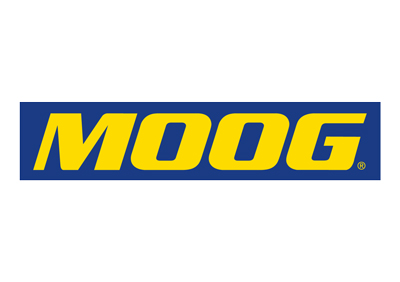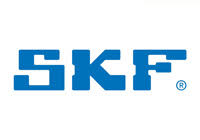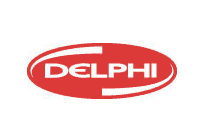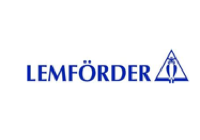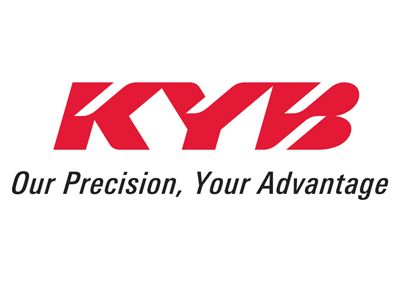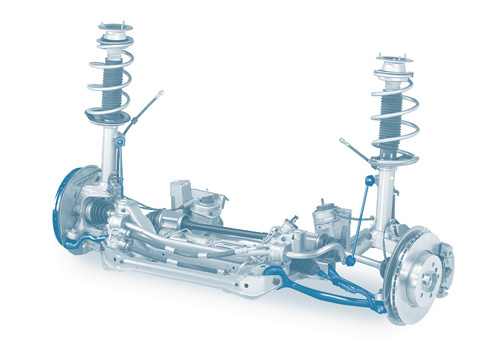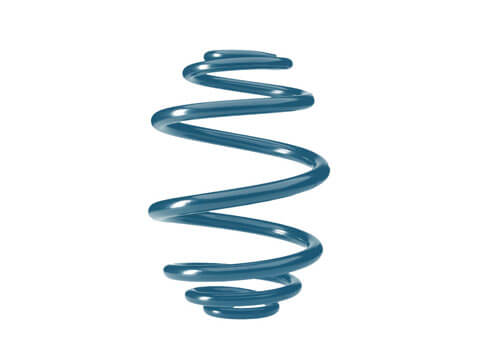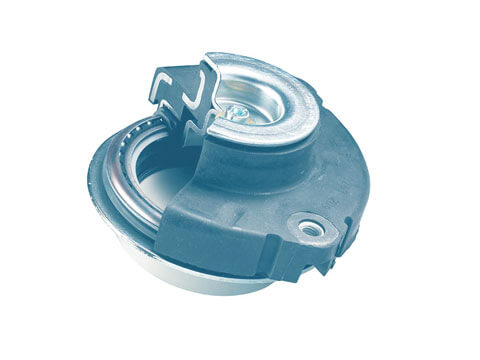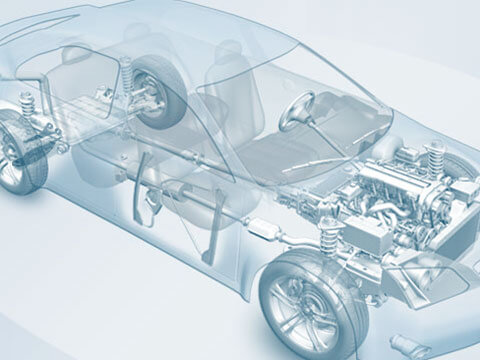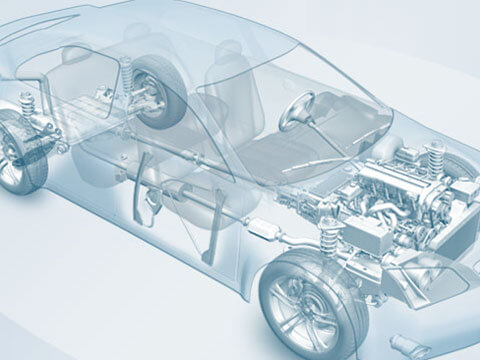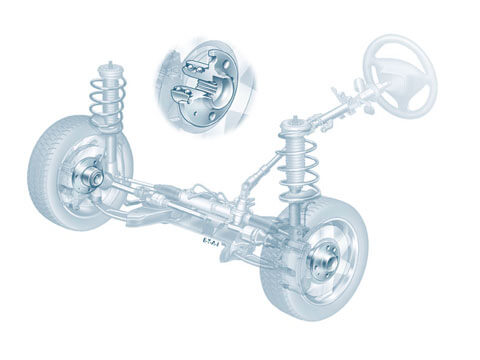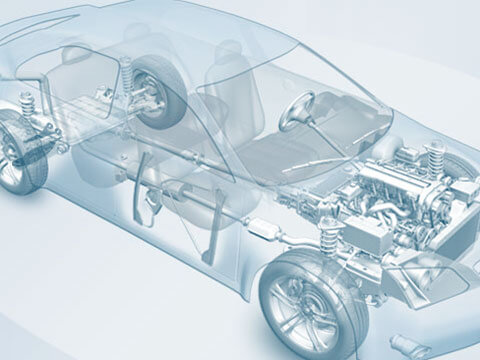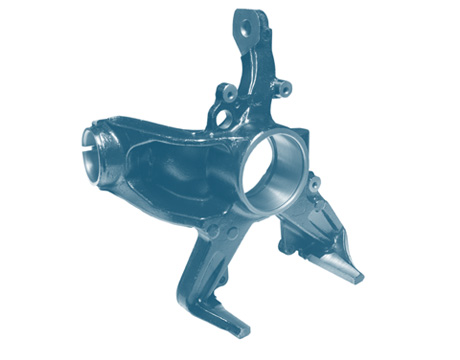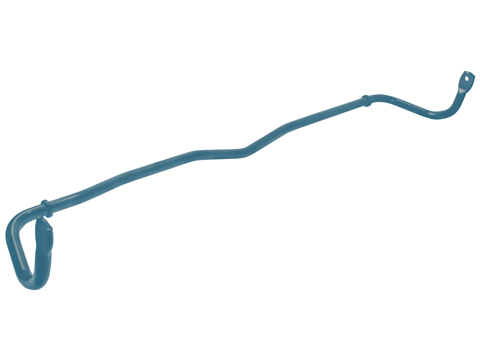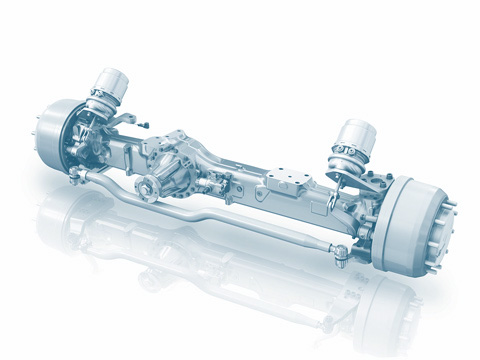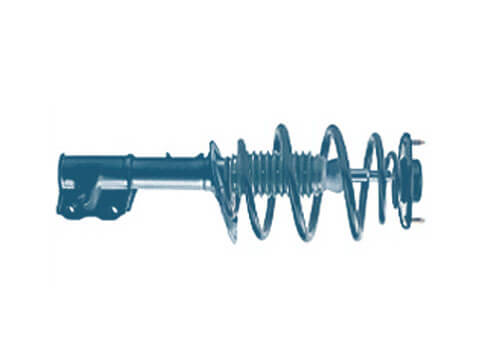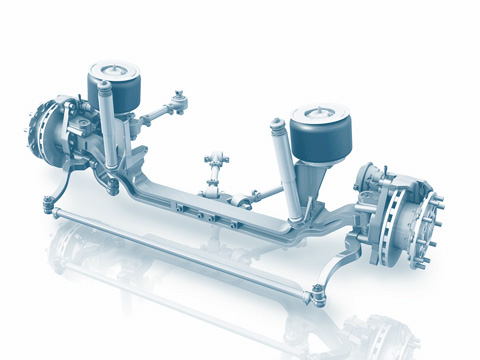Coupling rod
Depending on the construction requirements, the connection rod connects the stabiliser of a vehicle with the chassis of the front axle and/or the rear axle. Together with the stabiliser, connecting rods minimise the vehicle body’s tendency to roll when driving round corners and thus, stabilise the vehicle.
Function
The connecting rod – also called the stabiliser strut – is a relatively short rod made from steel, aluminium or plastic with corresponding end fittings, and which is for the sole purpose of transmitting pulling and pushing forces. Any upwards and downwards movements of a wheel that occur whilst the vehicle is in motion are transferred to the stabiliser via the connecting rods. A load is placed on the connecting rod only when the forces between the wheels of an axle are different. The stabiliser is a component of the chassis; it operates as a suspension component when cornering to reduce rolling of the vehicle. Most connecting rods have ball joints and/or chassis bushings at each installation end, via which they are connected to the chassis. Alternatives to conventional connecting rods These days, connecting rods made from weight-saving high-tech materials are also used as alternatives to conventional rods made from steel. These include, for example, special light-weight connecting rods manufactured with a hybrid design. They often consist of carbon fibre-reinforced plastic (CFP), polyamide, aluminium and high-strength steel. Intelligently combined materials reduce the weight, without making the product more expensive. Reducing weight is a key objective particularly in the case of electric vehicles, so as to be able to realise greater ranges and longer battery running times.
Safety
The connecting rod plays a key role in driving safety and comfort. Due to the alternating loads on the wheels, connecting rods are subject to a certain amount of wear. That is why they belong to the group of chassis components that are faulty more regularly. It is often the ball joints that are worn. They wear out and emit knocking or rattling noises, for example, when driving over bumpy ground. Dirt, which can get inside through faulty or porous rubber bellows/dirt cuffs, is often to blame for the wear of the ball joints (ball surface). Any chassis bushings used are usually made from a metal-elastomer combination. These are subject to a natural ageing process and, depending on the loads they are exposed to, become brittle, cracked and/or soft. The functionality is then lost and they are no longer able to carry out the functions required of them. If a connecting rod doesn’t work properly, the handling of the vehicle suffers and safety can no longer be ensured. This is because solid interaction of all chassis components is key for the stable position of the vehicle on the road when cornering and on uneven ground. You can usually detect faulty connecting rods as these emit mechanical sounds (rattling, rumbling and/or squeaking) whilst driving. The noises occur in particular when driving over cobblestones, pot holes or bumpy ground. If a connecting rod is worn, this can also have a negative impact on the adjacent chassis components through to the steering system of the vehicle. If there are problems with the chassis, you should find your nearest workshop immediately. To prevent dangers from developing, it is important to ensure that only trained personnel work on the chassis. They should regularly inspect and test all of the chassis components.
Important note:
The chassis and steering components of vehicles are safety-relevant parts and important for life and limb when driving! They are also important for passing the statutory roadworthiness test.
Value retention
State-of-the art technologies are used in modern vehicles. These guarantee a long service life for the wheel suspension and steering components, which is also positively reflected in the breakdown statistics. In turn, this helps to stop a vehicle’s value depreciating.

